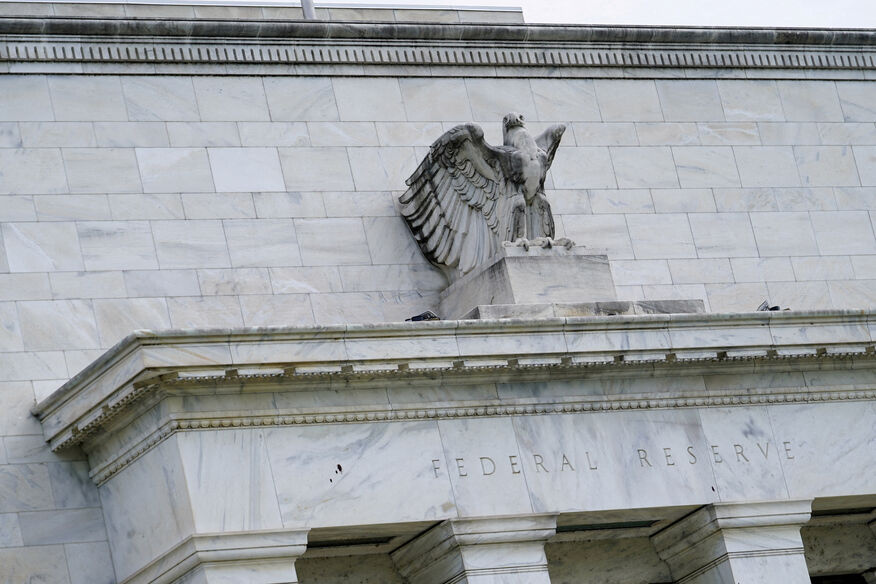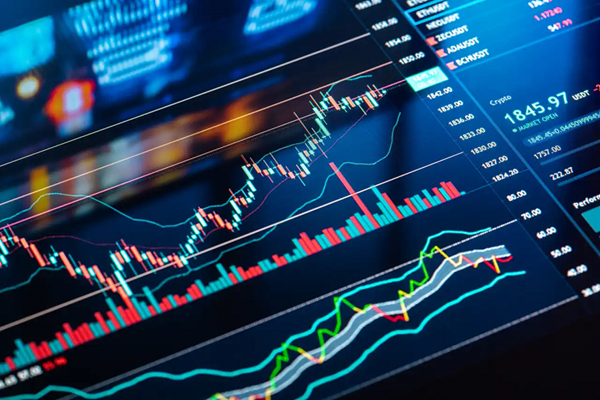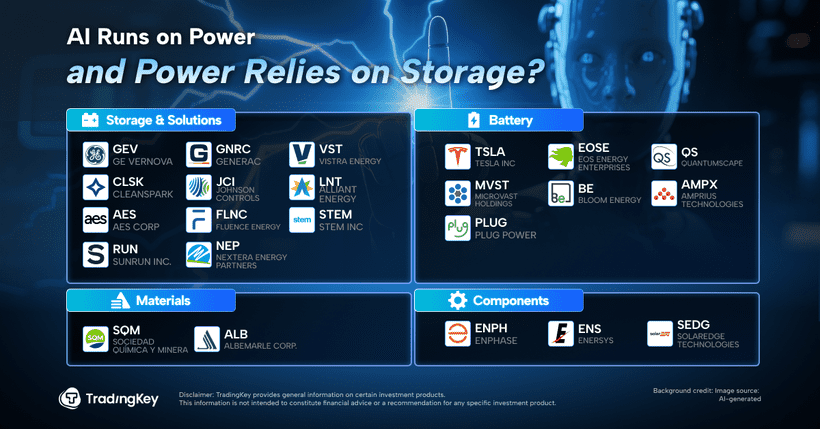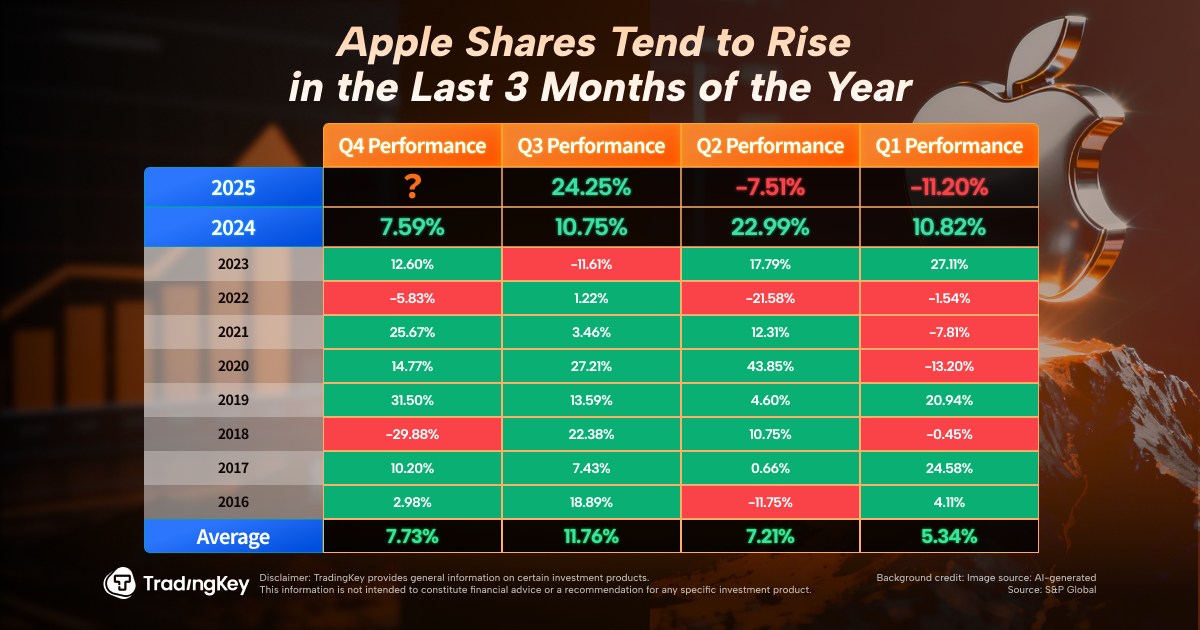Semiconductor Stocks Drop Nearly 3% Ahead of Magnificent 7 Earnings — Is the U.S. Market Rally Overextended?
 Advanced Micro Devices Inc
Advanced Micro Devices Inc Alphabet Inc Class A
Alphabet Inc Class A Marvell Technology Inc
Marvell Technology Inc Micron Technology Inc
Micron Technology Inc NVIDIA Corp
NVIDIA Corp Oracle Corp
Oracle Corp
TradingKey - After a rapid rebound that pushed major indices to new highs, investors are now refocusing on risks — including upcoming tech earnings, trade tensions, and AI spending sustainability. On Tuesday morning, July 22, the Philadelphia Semiconductor Index (SOX) fell nearly 3%, with NVIDIA and AMD both down around 3%, while the Nasdaq Composite slipped 1%.
Despite President Donald Trump’s recent announcement that he will unveil an “AI Action Plan” this week — aimed at boosting the semiconductor and tech sectors — the rally lost steam early Tuesday.
The SOX index dropped as much as 2.68% at the open, with Micron Technology down over 4% and Marvell Technology off more than 3.5%. Both the S&P 500 and Nasdaq, which hit record highs the previous day, retreated.
Risk Reassessment Before Key Earnings
With Tesla and Google set to report Q2 earnings this week, investors are rebalancing portfolios amid uncertainty over:
- Progress in ongoing trade negotiations
- Corporate guidance on AI demand and capital expenditures
- The impact of tariffs on margins and growth
Some analysts warn that most good news may already be priced in, leaving little room for upside surprises — especially given stretched valuations.
Rally Too Fast, Too Far?
Goldman Sachs noted that the market’s rebound has been unusually fast and broad. Since the April sell-off, the S&P 500 has surged about 24% — one of the quickest recoveries in over half a century — even as full-year earnings expectations have been cut by roughly half.
Meanwhile, optimism in U.S.-EU trade talks remains limited ahead of the August 1 deadline for new tariff decisions. Reports suggest the European Union is preparing to use its Anti-Coercion Instrument (ACI) to retaliate against potential U.S. tariffs of at least 30%.
Deutsche Bank warned that markets may be underestimating the risk of tariff hikes on August 1, which could trigger a selloff similar to the market crash in early August 2024.
The bank highlighted that upcoming events — including a potentially weak jobs report, rising Treasury yields, the FOMC decision, the U.S. Treasury’s quarterly refunding announcement, and Q2 GDP data — mirror the risk environment seen last year, increasing the chance of volatility returning.







